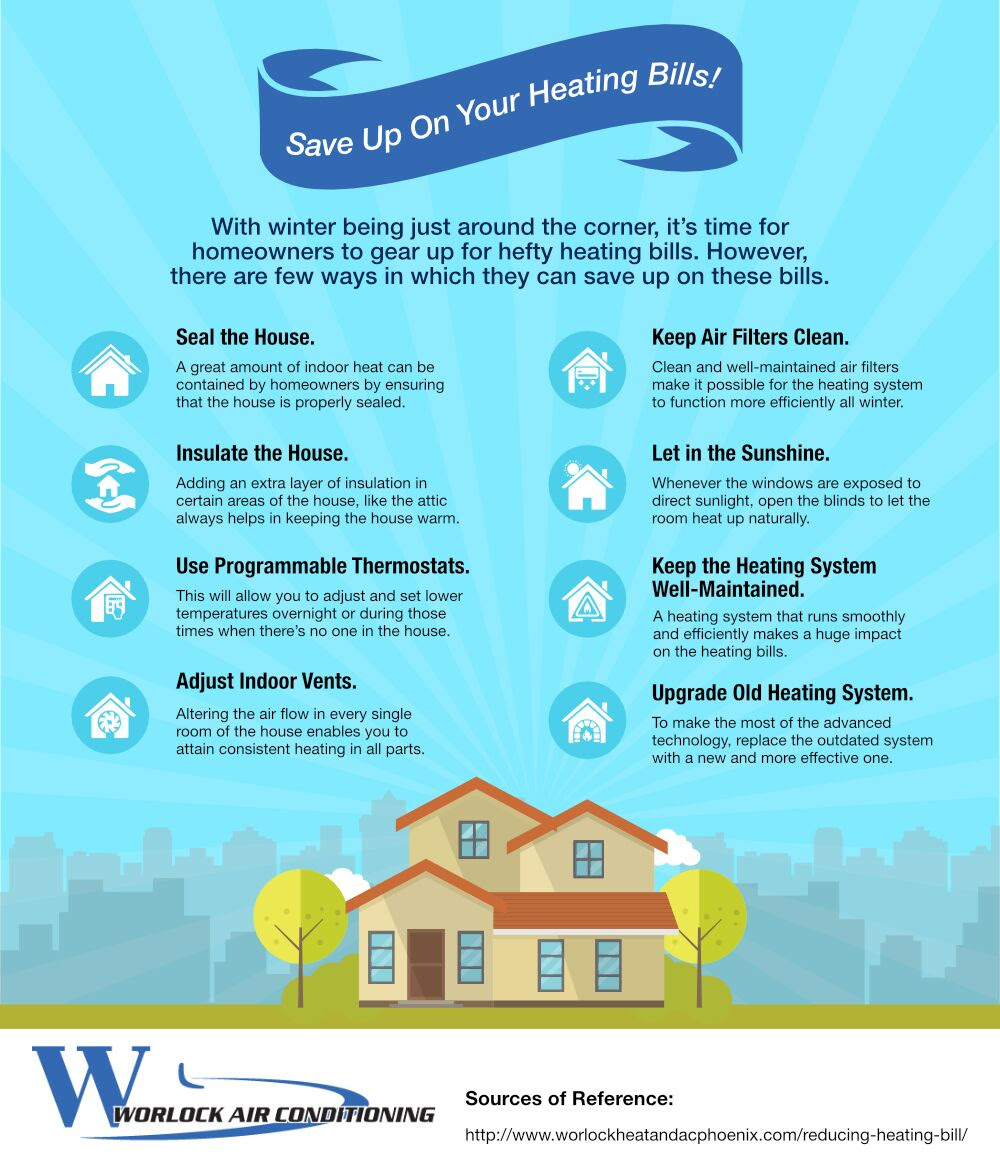Frequent Errors To Stay Away From When Mounting A Heatpump
Frequent Errors To Stay Away From When Mounting A Heatpump
Blog Article
Material Author-McDougall Ploug
When installing a heat pump, you should stay away from usual mistakes that could jeopardize its performance. Ignoring appropriate sizing might bring about inefficiencies and greater utility costs. Ignoring insulation and securing could lead to energy waste and stress on the device. In https://office-cleaning-agency-ne84061.blog5star.com/30914435/intrigued-in-the-evolution-of-heatpump-innovation-discover-exactly-how-it-might-transform-the-way-you-experience-comfort-in-your-home-while-improving-power-performance , positioning the exterior system inaccurately might affect its efficiency. By staying clear of these errors, you can make certain ideal functioning and toughness of your heat pump system.
Improper Sizing of Heat Pump
When it involves the installment of heat pumps, among one of the most usual mistakes is improperly sizing the system for your room. Making certain the appropriate size is critical for optimal performance. If the heat pump is as well small, it will have a hard time to warm or cool your space successfully, leading to enhanced energy costs and potential damage on the device.
On the other hand, if the heatpump is as well huge, it will cycle on and off regularly, creating temperature changes and minimizing its life-span.
To avoid this mistake, it's important to have a specialist analyze your space and recommend the ideal size of the heat pump based on elements like square video, insulation, ceiling height, and neighborhood climate. By investing the moment and initiative to ensure the correct sizing, you can delight in a comfy atmosphere while making the most of energy efficiency and extending the life-span of your heatpump.
Inadequate Insulation and Sealing
To ensure the effective operation of your heat pump, it's important to attend to inadequate insulation and sealing in your room. Correct insulation aids maintain a regular temperature level indoors, reducing the work on your heat pump. mitsubishi air conditioning systems can lead to energy loss, making your heatpump work harder and less efficiently.
Securing https://air-conditioning-system-h32108.blogoxo.com/30636594/just-how-to-pick-the-right-heat-pump-repair-work-solution-key-questions-to-ask of gaps or leakages in your area is just as important. These voids enable conditioned air to leave and exterior air to leak in, forcing your heat pump to compensate for the temperature level variations.
Incorrect Positioning of Outdoor Device
Dealing with the positioning of your heat pump's outside device is essential to maximizing its efficiency. Mounting the outdoor unit in an inaccurate location can bring about performance issues and potential damages to the device.
One usual mistake to avoid is placing the exterior device also close to a wall surface or other frameworks. This can limit air movement, triggering the device to work more challenging to heat or cool your area, eventually minimizing its performance and life expectancy.
One more mistake to stay away from is placing the outside unit in direct sunlight. While some sunlight is inescapable, extreme exposure can bring about overheating, specifically during warm summer days. It's ideal to position the outdoor system in a shaded area to help maintain its optimal operating temperature level.
Furthermore, see to it that the outside system is placed on a steady and degree surface. ducted heat pump prices nz can cause vibrations and unnecessary strain on the unit, impacting its performance gradually.
Final thought
In conclusion, preventing usual mistakes during heat pump setup is essential for making the most of efficiency and durability of your system. By ensuring correct sizing, ample insulation, securing, and appropriate placement of the exterior device, you can protect against issues such as ineffectiveness, increased energy bills, and pressure on the unit. Putting in the time to resolve these crucial factors will ultimately conserve you money and time over time.
